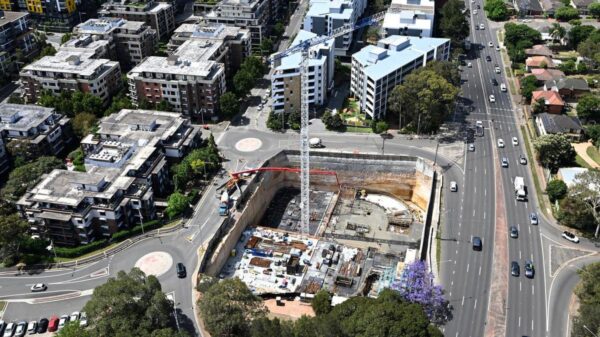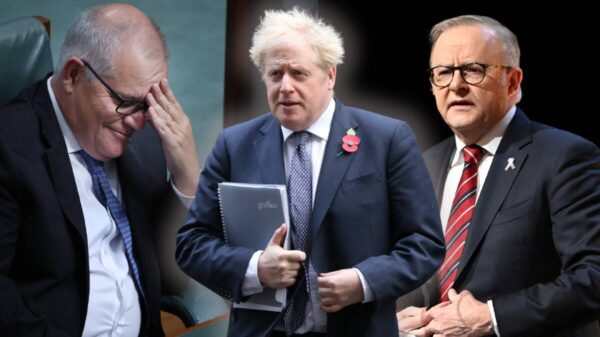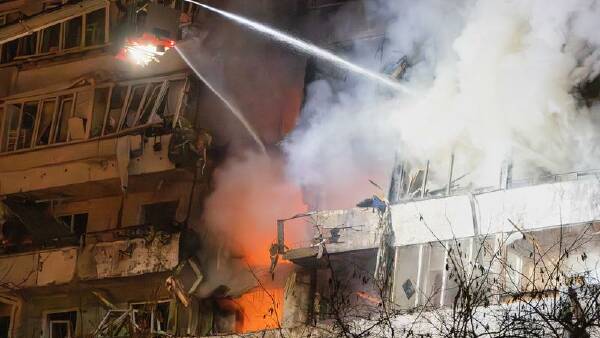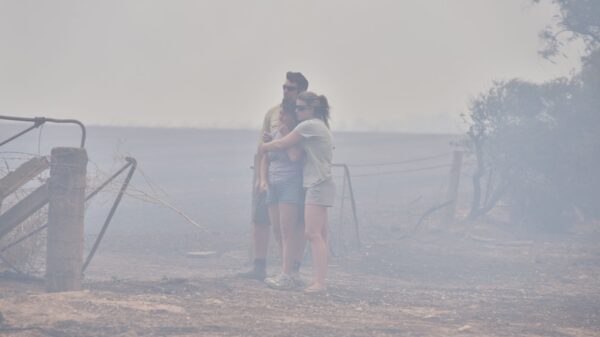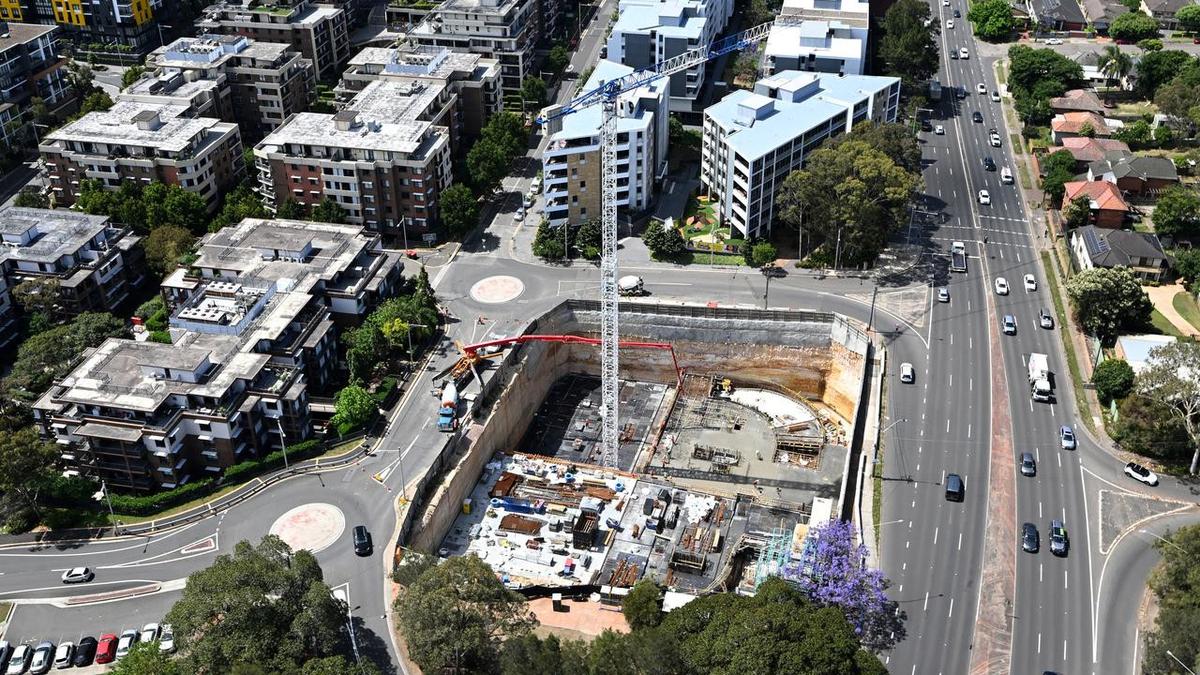UPDATE: An urgent report reveals that Australia could add an estimated 82,000 homes to its housing supply almost immediately if state and federal governments increase funding for essential infrastructure. This critical finding was released today by the National Growth Areas Alliance, which represents 29 councils from outer suburban regions including Sydney, Melbourne, and Perth.
Currently, developers are ready to break ground in urban growth areas but are hindered by inadequate infrastructure such as roads and sewer systems. According to the report, these councils make up just 5% of Australia’s local government areas yet are poised to contribute over 25% of the national target of 1.2 million new homes by 2029.
Alliance CEO Bronwen Clark stated, “The land is ready, council approvals are complete, and the developers are waiting, but without basics like roads and sewers, the houses go unbuilt.” This stark reality highlights the pressing need for infrastructure investment, especially as Australia faces a housing crisis with supply shortages driving prices to record highs.
Research from the Urban Development Institute of Australia indicates that one-third of dwellings in the current housing pipeline are stalled due to the lack of enabling infrastructure. Housing expert Peter Tulip from the Centre for Independent Studies emphasized that boosting infrastructure funding is an “obvious and easy way” for the federal government to alleviate housing shortages. He noted, “With the housing crisis, most of the levers are in the hands of the state governments, but infrastructure spending is one place that Canberra can help.”
The financial implications are significant. While federal incentives for social and affordable housing yield about one new dwelling per $300,000 to $500,000 spent, investments in local roads or sewerage can result in a new home for as little as $10,000 to $20,000. Tulip described previous promises from the former Liberal leader Peter Dutton to allocate $5 billion for enabling infrastructure as one of the most cost-effective policies proposed during the last election campaign.
Local leaders are sounding the alarm. Terresa Lynes, mayor of the City of Gosnells, remarked on the dire consequences of underfunded infrastructure: “We’re seeing entire estates without connected sewerage and insufficient water. It’s concerning that in 2025 this is what governments are expecting people to accept as their lot.”
As housing affordability continues to plummet, Australia’s median dwelling price has skyrocketed to $872,500, or 8.2 times the median income, according to property analytics firm Cotality. With estimates indicating a supply shortfall of between 200,000 to 300,000 homes due to surging immigration and delayed building approvals, experts like AMP chief economist Shane Oliver are calling for urgent action. He has proposed reducing immigration from over 300,000 to about 200,000 per year, relaxing zoning rules, cutting red tape, and encouraging faster modular construction.
The situation is developing rapidly, and the call for action is clear. As pressure mounts on policymakers, the focus on infrastructure as a catalyst for housing supply is more urgent than ever. Readers are encouraged to share this critical information to raise awareness about the ongoing housing crisis in Australia.





